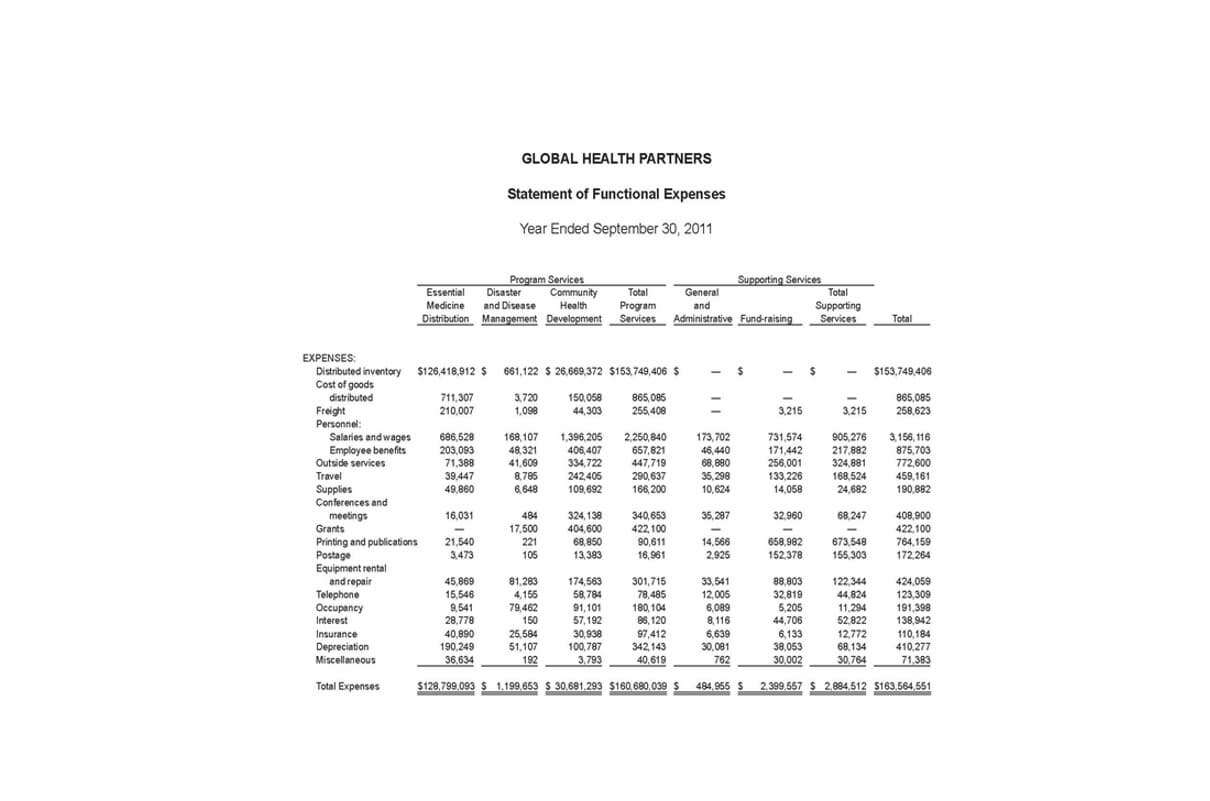
Generally Accepted Accounting Principles, commonly called GAAP, constitute a framework of accounting standards, principles, and procedures that companies and organizations use to compile their financial statements. The Financial Accounting Standards Board (FASB) in the United States primarily established and maintained this framework. GAAP encompasses various accounting practices, including revenue recognition, balance sheet classification, and materiality. A clear understanding of these standards not only enables investors to interpret financial reports accurately but also empowers them to make well-informed decisions.

One thought on “Accounting Differences Across Countries”
- Thus, remote is literally translated as “weak” (faible) in IAS 37 and “very weak” (tres faible) in IAS 31.
- The results of that survey indicate that approximately two-thirds of the foreign companies showed material differences between net income and owners’ equity reported on the basis of home GAAP and U.S.
- If your business has international operations or plans to expand globally, IFRS offers an easier transition.
- That rule applies only to those foreign companies that prepare financial statements in accordance with the English language version of IFRS.
- Initially, the SEC was responsible for setting accounting standards, but this role was later delegated to private sector bodies to leverage their expertise in accounting practices.
- The financial reporting standards, GAAP and IFRS, significantly impact a company’s economic outlook.
Generally speaking, IFRS is more widely used globally and is better for companies that operate in multiple countries. If your business has international operations or plans to expand globally, IFRS offers an easier transition. Using IFRS can also make it easier to get foreign investors or enter into international partnerships. Investors would be less likely to accept company information if GAAP did not is gaap used internationally exist because they would have less faith in its integrity.
- Knowledge of generally accepted accounting standards (GAAP) is essential if your organization plans to issue stock or participate in mergers and acquisitions.
- As time passes, it will be interesting to see whether adoption of a Class A accounting system results in a stronger equity-outsider financing system within the countries composing the European Union.
- ConclusionAny publicly traded U.S. corporation must follow GAAP principles and remain GAAP compliant.
- In addition, the study found that significant differences are spread relatively evenly across countries.
- GAAP refers to the accounting principles that every publicly traded corporation follows in the United States.
- These standards are used in more than 120 countries, including those in the European Union (EU).
Financial Accounting Foundation

Supporters of this approach argue that companies should be looking at the nature of a transaction, not arbitrary cutoffs. GAAP often takes a rules-based approach where companies classify transactions based upon numerical cutoffs. Under U.S. GAAP, a company is required to capitalize any lease when the lease contract is for greater than 75 percent of the economic life of the asset. However, under IFRS the guidance https://www.bookstime.com/articles/what-are-depreciable-assets requires capitalization when the lease is for a “major part” of the economic life of the asset. The impact of IFRS on financial reporting extends to the realm of corporate governance as well.
- GAAP and IFRS exists for small business owners involved in research and development.
- This process ensures that revenue is reported accurately and reflects the company’s performance.
- While both aim to ensure transparency and accuracy, their approaches reflect distinct methodologies, making the comparison of IFRS vs GAAP crucial for understanding the differences in global financial reporting.
- Such detailed disclosures can uncover insights into a company’s operations, risks, and future prospects, which might not be apparent from the primary financial statements alone.
- GAAP allows for extraordinary items to be broken out and displayed as net income.
- In 1993, IOSCO and the IASC agreed upon a list of “core” standards to use in financial statements of companies involved in cross-border securities offerings and listings.
How Can QuickBooks Help Businesses Adhere to GAAP Principles?
Without regulatory standards, companies would be free to present financial information in whichever format best suits their needs. With the ability to portray a company’s fiscal standing in a favorable light, investors could be easily misled. The Securities and Exchange Commission (SEC), the U.S. government agency responsible for protecting investors and maintaining order in thesecuritiesmarkets, has expressed interest in transitioning to IFRS.

For example, losses related to Hurricane Katrina were not considered to meet the criteria, as hurricanes are common, particularly in the Southeast. GAAP allows for extraordinary items to be broken out and displayed as net income. This allows investors to easily remove the effect of these items from the company’s income figure. However, IFRS financial statements do not allow this treatment and include extraordinary items above the net income figure in the statement of income. Last-in, first-out (LIFO) inventory is commonly used by U.S. companies to lower tax liabilities.

Additionally, global career prospects for financial reporting experts are rising. Professionals with both IFRS certification and an MBA with ACCA are in high demand. If you’re interested, MBA with ACCA colleges in Bangalore offer specialized programs that can give adjusting entries you a competitive edge. As an example, IFRS (and U.S. GAAP) use the term remote that appears particularly difficult to translate in a consistent fashion. It would appear that remote is intended to establish a similar threshold for disclosure in both standards.
- Converting GAAP documentation and processes to IFRS standards is also achievable, albeit time-consuming.
- They help businesses, investors, and regulators worldwide establish fair and transparent business practices and facilitate smooth cross-border transactions.
- Generally speaking, IFRS is more widely used globally and is better for companies that operate in multiple countries.
- Both GAAP and IFRS govern how companies should report their financial information for a given reporting period, such as one quarter or year.
- Training and education are also vital components of this phase, as employees need to be well-versed in the new standards to ensure accurate and consistent application.
- GAAP-compliant accounting practices draw on many different principles, which students often encounter in their coursework and training.
GAAP vs IFRS Compared
The issue of differing accounting principles is less of a concern in more mature markets. Still, caution should be used, as there is still leeway for number distortion under many sets of accounting principles. IFRS promotes listing assets by how quickly they can be turned into cash. The debate surrounding accounting standards continues, with growing calls for global harmonization. Such convergence could significantly impact global business practices and improve the efficiency of capital markets. The IASB has taken a principles-based approach to establishing accounting standards rather than the so-called rules-based approach followed by the FASB in the United States.
International Financial Reporting Standards (IFRS)
However, a greater degree of comparability will exist than if each country were to continue to use a different set of standards. Based in London, the IASC’s primary objective was to develop international accounting standards (IASs). The IASC had no power to require the use of its standards, but member accountancy bodies pledged to work toward adoption of IASs in their countries. IASs were approved by a board consisting of representatives from 14 countries. The part-time board members normally met only three times a year for three or four days.
